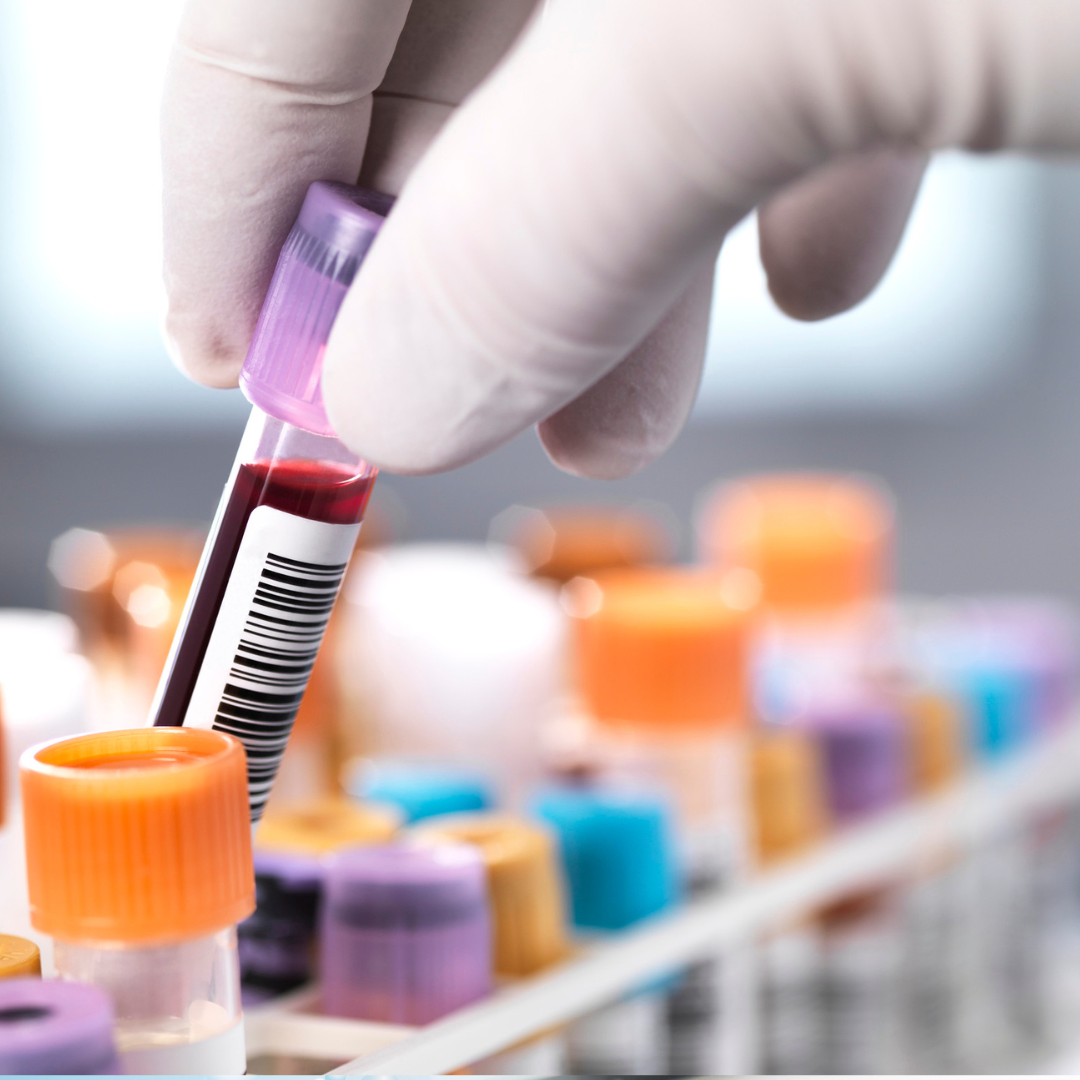A new study has shed light on a little-known hormone with big potential. Scientists have discovered that the stress hormone GDF15 can actually improve how well insulin works in mice and rats—even when they don’t lose weight.
Published in Cell Metabolism, the research from the University of Copenhagen reveals that GDF15 boosts insulin sensitivity, helping the body better regulate blood sugar and absorb energy. This breakthrough adds a new layer to our understanding of GDF15 and points to possible future therapies for diabetes and obesity.
“Increased insulin sensitivity is critical for preventing conditions like type 2 diabetes, high blood pressure, and heart disease,” says Erik Richter, senior author of the study and professor of physiology. “Our ability to demonstrate GDF15’s benefits in rodents opens up exciting new possibilities.”
GDF15 has already been on scientists’ radar for its appetite-suppressing properties. In earlier studies, it helped obese rodents lose weight by reducing their food intake. But this time, the researchers wanted to test whether GDF15 could benefit lean animals—without the weight loss factor.
They gave lean mice and rats small doses of GDF15 every other day over the course of three treatments. The animals didn’t lose weight, but their insulin sensitivity improved significantly. Interestingly, the effect wasn’t as strong in muscle tissue as expected. Instead, the liver and fat tissue showed the biggest improvements.
That’s good news. When insulin sensitivity is high, the body uses insulin efficiently to manage blood sugar. But when it’s low—a state known as insulin resistance—it forces the pancreas to work overtime and can eventually lead to type 2 diabetes.
“Even at low doses that didn’t affect appetite, GDF15 helped insulin work better,” Richter explains. “That tells us the hormone has a more complex role than we previously thought.”
GDF15 has been a bit of a scientific enigma. It’s released in a wide variety of situations—during exercise, with aging, and in people dealing with serious conditions like cancer or heart disease. Pregnant women, for example, can have GDF15 levels up to 100 times higher than average. And oddly enough, the more physically fit you are, the lower your GDF15 levels tend to be while at rest.
So, is GDF15 good or bad? That’s still not entirely clear.
“It’s a fascinating hormone because it shows up in so many different situations—often associated with stress—yet here we’re seeing it play a clearly positive role in metabolic health,” says Richter. “We still have a lot to learn about how it works and why.”
In humans, GDF15 has been tested as an appetite suppressant, but nausea was a common side effect—something that often comes with this type of drug. Whether GDF15 can improve insulin sensitivity in people, the way it does in rodents, remains to be seen.
But for now, the results offer a promising glimpse into how this complex hormone could be harnessed in the future to help fight metabolic diseases.
Original study DOI: 10.1016/j.cmet.2023.06.016
Source: University of Copenhagen



